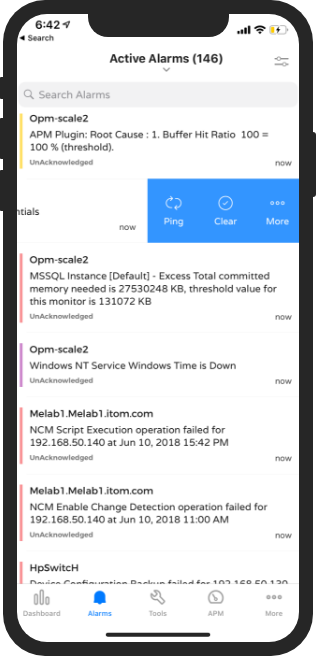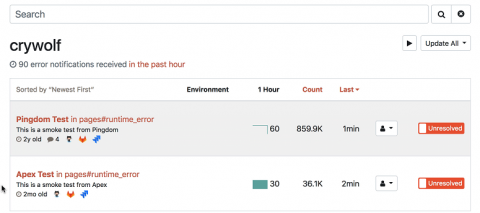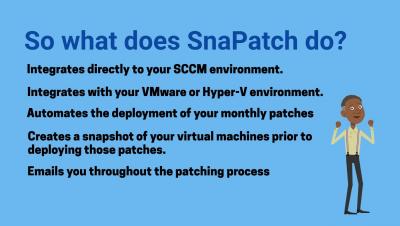Operations | Monitoring | ITSM | DevOps | Cloud
%term
Introduction to Kubernetes Namespaces
Kubernetes clusters can manage large numbers of unrelated workloads concurrently and organizations often choose to deploy projects created by separate teams to shared clusters. Even with relatively light use, the number of deployed objects can quickly become unmanageable, slowing down operational responsiveness and increasing the chance of dangerous mistakes.
Broadcast Response - Mass Notification
Today, we are excited to announce PagerTree now officially supports Broadcast Responses! With PagerTree’s Mass Notification System (MNS) your organization will be prepared to easily communicate with speed and reliability during critical events.
Become an eagle-eyed network admin using OpManager's push notifications
The secret to exceptional network management is periodically identifying and diagnosing network problems. Putting your experts at the network operations center (NOC) all day watching for a device to go down isn’t the best use of your workforce’s time. There has to be a smarter way to view potential network pitfalls without being glued to the chair in your NOC.
Announcing Search Autocomplete
Stop the presses! We've just added a small but really cool new feature to your Honeybadger account: search key autocomplete. You've always been able to search your errors by params, session and other nested fields. It's easy to find all errors where params.user.name is bob. But there's a catch. You had to know beforehand that params.user.name exists, and you had to type it in manually. This made it really difficult to do on-the-fly exploratory searches.
Data Snapshot: How common is cyber insurance in the workplace?
You know the saying: "better safe than sorry." In information technology, that phrase usually refers to backups and disaster recovery — having redundant data and infrastructure in place to help mitigate risk when something inevitably goes wrong.
Zero Trust Security: Supporting a CARTA approach with Network Security
SnaPatch Patch Management Add-On for SCCM
timeShift(GrafanaBuzz, 1w) Issue 77
We’ve added more info on the upcoming talks at GrafanaCon LA and are excited to see the schedule shaping up. Grab your ticket while the last and join us February 25-26 for two days of great talks and hands-on workshops. This week we’re happy to share articles on how to view Azure Monitor Log Analytics data in Grafana, a proof of concept to visualize Fitbit data, how to quickly get up and running with Prometheus and more.
2018 year in review
There were some big IT headlines this past year. Microsoft acquired GitHub and IBM bought Red Hat. Kubernetes graduated from the CNCF incubator program. And the biggest headline of all—at least to those of us at Datadog, where we live and breathe monitoring—we released Datadog Agent version 6, a completely new monitoring agent written in Go! As we start the new year, we’d like to take a moment to recognize some of the incredible things our engineers accomplished in 2018.











